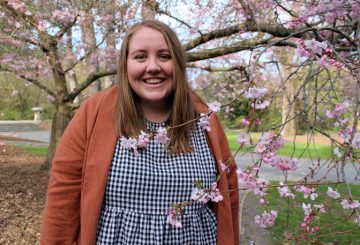上周末,有500人参加了在坎特伯雷高地的草原上举行的名为TWALK的24小时徒步活动。参与者的任务是在罗盖恩式的活动中寻找小标记并解开谜语。该活动自1967年以来一直举办,由坎特伯雷大学徒步俱乐部的志愿者组织。
第一届TWALK活动在托马斯山举行,由格雷格·马丁组织,他从澳大利亚提出了这个想法。最初,该事件引起了与当地农民的一些冲突,因为他们没有被告知有数百名陌生人在自己的土地上行走。但是,目前的组织者确保土地所有者始终参与其中,并经常提供少量捐款或社区工作以表示感谢。
今年,该活动在美索不达米亚的朗吉塔塔河附近举行。获胜的队伍被称为 “Pack of Rafters”。多年来,TWALK的地点分散在坎特伯雷各地,包括苍鹭湖、哈卡特雷保护公园、科尔里奇湖、班克斯半岛和莱福德山。
根据TWALK 2024组织者之一亚历克斯·蒙克顿的说法,该活动是独一无二的,因为它更多地关注乐趣和娱乐,而不是技术和体育比赛。该活动包括服装、愚蠢的线索、神秘地点和随机竞赛。
在20世纪80年代后期,比赛引入了服装,参赛者必须至少在第一回合穿着这些服装。今年穿得最好的获胜者制造了一辆可以穿的纸板车。
活动结束时,参赛者将徒步100千米,完成五段行程,每段长约10公里至20千米。在此过程中,团队必须解开神秘的线索。
Hash House 以志愿者烹制热食的形式提供休息和康复场所。CUTC校长尼克·斯莱格斯表示,他为帮助经营TWALK而非大学学习感到自豪,这凸显了学生志愿者的激情和奉献精神。



























































